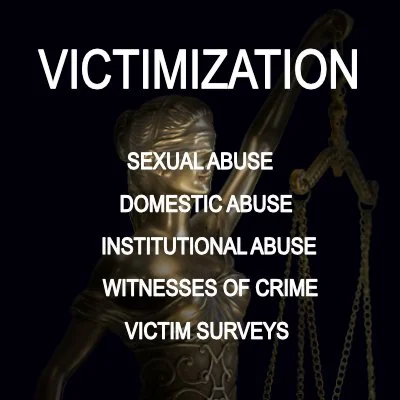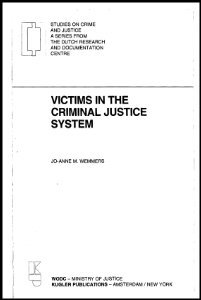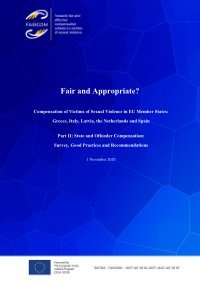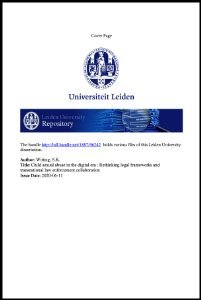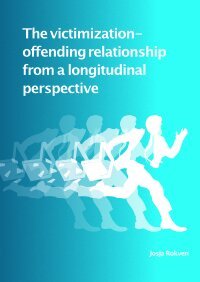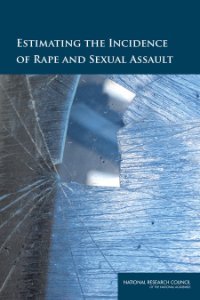By Marcus Ward and Holly Rodger
The purpose of the Independent Inquiry into Child Sexual Abuse (IICSA or ‘the Inquiry’) is to investigate whether public bodies and other non-state institutions have taken seriously their responsibility to protect children from sexual abuse in England and Wales, and to make meaningful recommendations for change, to help ensure that children now, and in the future, are better protected from sexual abuse. The Inquiry has launched 13 investigations into a broad range of institutions. The Residential Schools Investigation will investigate the nature and extent of, and institutional responses to, child sexual abuse in residential schools, including schools in the state and independent sectors and schools for children with disabilities and/or special educational needs. This literature review summarises the research literature on child sexual abuse (including child sexual exploitation) in residential schools. The aim is to provide an overview of what is already known, specifically in relation to child sexual abuse that occurs within residential schools, their role in safeguarding children from sexual abuse and the role they play in protecting children from sexual abuse in general. The review also draws on literature relating to non-residential schools from all sectors (see the methodology section for an overview of the types of schools this covers).
London: Independent Inquiry into Child Sexual Abuse, 2018. 54p.

